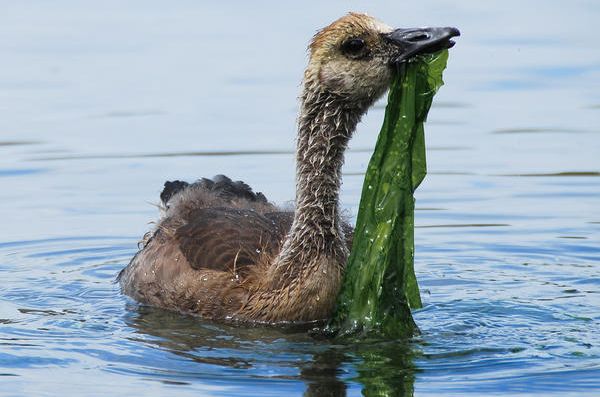23April
Where are the lungs of the Earth?
We've often heard that rainforests are the lungs of the Earth, providing us with most of our required oxygen. While it is indeed true that rainforests may produce up to a quarter of atmospheric oxygen, most of it is consumed by the rainforests themselves by degradation of organic matter. Most of our atmospheric oxygen actually comes from the oceans.
Oxygen is produced during photosynthesis and all of the oxygen in the atmosphere has been produced by photosynthesising plants and bacteria. Because rainforests are luscious and fast-growing, it has become common to think of them as the lungs of the Earth. It is true that a lot of oxygen is produced there, but almost all of it is consumed simultaneously.
The growth cycle of rainforests is so fast that there is no deposition of organic matter - all dead plants and animals are immediately digested and broken down into lesser compounds that become nutrients for new growth. During the decomposition of organic matter, bacteria and other detritivores consume oxygen, which is why there is practically no net oxygen production from rainforests.
Boreal and other types of forests tend to be net oxygen producers because not all detritus is decomposed, given the environmental conditions (lower temperatures, less humidity, etc). Some of the organic matter is permanently deposited into the soil and, thus, carbon is sequestered. Forests cover roughly a third of the Earth's land area, while oceans make up over 70% of the entire planet's surface, giving them the significant edge in oxygen production just by shear mass.
The algae and cyanobacteria in the oceans are small but abundant and, according to various estimates, they produce about 50-80% of atmospheric oxygen. That is why the health of the oceans is essential for sustaining mankind. Carbon emissions also have a role to play - higher CO2 levels increase ocean acidification which destroys corals, creates toxic algal blooms and life-free "dead zones".
So, there's a lot more to life in the oceans. The microscopic algae and cyanobacteria provide us with our daily 500 litres of oxygen, without which we wouldn't be able to survive.
 lines
lines 